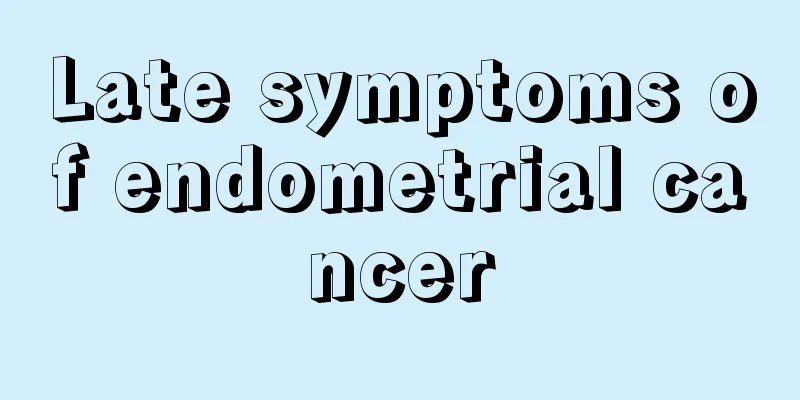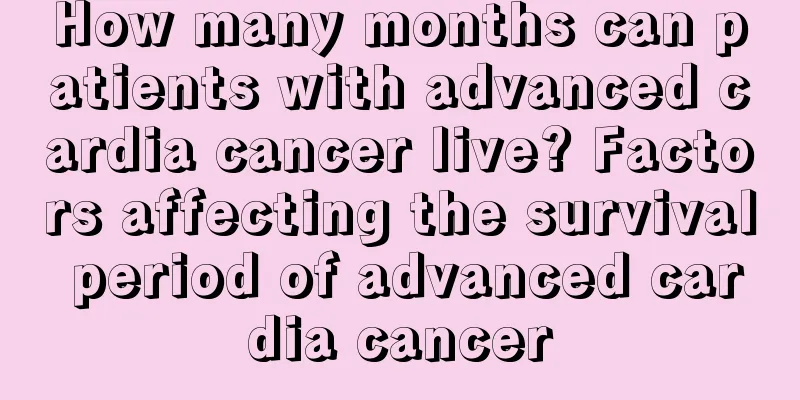How to deal with sudden pulmonary hypertension

|
If pulmonary hypertension is found in the figure, it is necessary to pay attention to correct treatment and resolution to minimize the impact on life. The emergency treatment is to use intravenous injection of phentolamine to reduce pulmonary artery pressure. At the same time, the patient must remain absolutely quiet and avoid stimulation. 1. Emergency treatment: Use intravenous injection of phentolamine to reduce pulmonary artery pressure; epinephrine and isoproterenol to maintain blood pressure and increase cardiac output; at the same time, correcting acidosis and other measures can quickly relieve the condition. 2. Application of sedatives and muscle relaxants: Keep the patient quiet within 2-3 days after surgery and try to avoid stimulation. In addition to the routine use of sedatives and muscle relaxants such as morphine, chlordiazepoxide, and fentanyl during mechanical ventilation, continuous intravenous administration of fentanyl is also an effective measure. When the child is in a sedated and paralyzed state, the pulmonary vascular response to procedures such as intra-airway suction may become sluggish. 3. Acidity and alkalinity of blood: The pH of blood has a great influence on pulmonary vascular resistance. Usually, patients are kept in appropriate hyperventilation and alkali intoxication, with pH maintained at 7.45-7.55, which can reduce pulmonary vascular pressure and resistance. 4. Application of vasodilator drugs: prostaglandin E. (PGE.) is a metabolite of arachidonic acid. It has a powerful vasodilator effect, and its effect on dilating pulmonary blood vessels is greater than that on systemic blood vessels. Good results can be achieved by continuous pumping through a pulmonary artery pressure catheter. 5. Ventilator-assisted breathing: Inhalation of high concentrations of oxygen (not exceeding 60%) can dilate pulmonary blood vessels and reduce pulmonary vascular resistance. Hyperventilation-induced hypocapnia can reduce mean pulmonary artery pressure and pulmonary vascular resistance, thereby reducing right ventricular afterload. It is usually appropriate to maintain arterial blood PaC02 at around 25m~Ig. 6. NO inhalation therapy: NO is a powerful pulmonary vasodilator that relaxes pulmonary vascular smooth muscle by activating guanylate cyclase, overcoming the shortcomings of most traditional intravenous vasodilators such as causing systemic hypoglycemia and increasing intrapulmonary shunt. By inhaling the powerful pulmonary vasodilator NO, the goal of selectively lowering pulmonary artery pressure and improving blood oxygen status is achieved. |
<<: What are the symptoms of pitted nails?
>>: What are the symptoms of idiopathic pulmonary hypertension
Recommend
What are the effects of moxa fumigation on the navel? Do you know these 6 effects?
Mugwort fumigation of the navel is a very popular...
Can ovarian teratoma be cured by taking medicine?
Generally, ovarian teratoma will affect the norma...
Is eating garlic often harmful to the body?
Garlic is a familiar seasoning for cooking. It ca...
What medicine should I take for cervical spondylosis? Is traditional Chinese medicine effective?
Cervical spondylosis is very common among people ...
Beware of misunderstandings in glioma treatment
Among the incidence rates of tumors throughout th...
Treatment of rapid atrial fibrillation
Atrial fibrillation generally refers to the sympt...
What to do if bladder cancer bleeds continuously
Bladder cancer causes hematuria, which is the mos...
Can patients with hepatitis B eat donkey hide gelatin cakes?
Hepatitis B virus (HBV) is a hepatitis B disease ...
How to diagnose liver cancer? Four common examination methods for diagnosing liver cancer
In general, the common methods for diagnosing liv...
How to fix a lost tooth
Human life is so long that there are always many ...
What are the folk remedies for lung cancer? 4 folk remedies have therapeutic effects on lung cancer
Lung cancer is a very serious disease that is ver...
What are the symptoms of rheumatoid knee arthritis?
If rheumatic knee arthritis is severe, it will ca...
What are the preventive measures for prostate cancer
In the eyes of many prostate cancer patients, whe...
Blood alanine aminotransferase increased
When you have a physical examination in the hospi...
Is runny nose caused by wind-cold or wind-heat? How to distinguish
Colds are inevitable in life, and runny nose is a...









